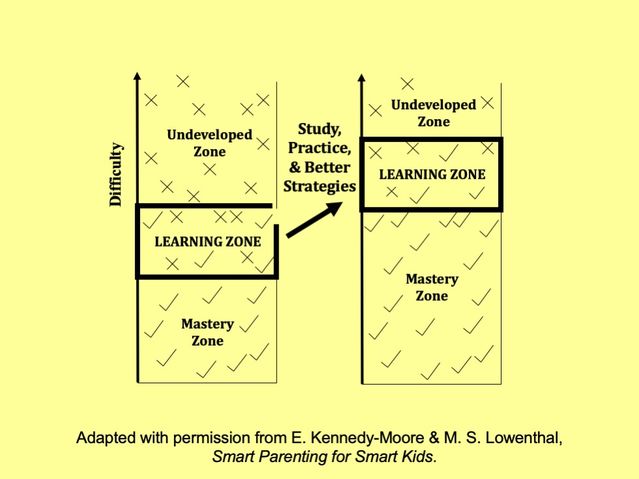Perfectionism
Helping Perfectionist Kids Learn to Tolerate Mistakes
Explaining the process of learning can help kids see that mistakes are bearable.
Posted December 31, 2018 Reviewed by Devon Frye

Kids often hear, “Mistakes are part of learning.” But if they have perfectionist tendencies, they don’t believe it. Mistakes feel intolerable and humiliating to them. They dissolve into tears over a less-than-perfect test score or anxiously fret and avoid doing activities they’re not sure they can instantly do perfectly.
Perfectionism vs. Healthy Striving
There’s an important distinction between healthy striving and unhealthy perfectionism that’s easiest to see at an emotional level: Healthy striving feels optimistic, energetic, and enjoyable. Perfectionism feels forced, painful, and never-ending. Healthy striving is fueled by a hunger to learn and achieve, whereas perfectionism is driven by a fear of failure.
Perfectionist children cling to their harsh self-standards. They believe that they have to beat themselves up for mistakes or they’d never accomplish anything. But research has linked perfectionism to anxiety, depression, substance abuse, and eating disorders. It can cause procrastination and needless perseveration. It can also kill creativity by leading to cautious risk avoidance rather than an openness to try different approaches and discard many attempts.
Helping Kids Be Open to Making Mistakes
Here’s one way to help children be more accepting of their mistakes. Draw the diagram below and tell your child, “This is a picture of how we learn.”

Point to the rectangle on the left, and explain that the box at the bottom is the Mastery or “Too Easy” zone, filled with check marks. Your child can do everything perfectly in this area. The top of the left rectangle is the Undeveloped or “Too Hard” zone, filled with X’s. Your child just hasn’t learned those skills yet and would get everything wrong.
The interesting part is the middle box, the Learning Zone, which has a mixture of checks and X’s—this is where your child gets some things right and some things wrong. Tell your child that some kids only want to work in the Too Easy zone because they’re afraid of making mistakes. But that means they’re not moving forward; they’re just practicing what they already know. On the other hand, some kids are brave enough to work in the Learning Zone. That means that they’re going to make mistakes, but with study, practice, and better strategies, they can turn those X’s into checks. Then their Mastery Zone—the set of things they know—gets bigger, their Learning Zone moves up, and the Undeveloped Zone keeps going, because there’s always more we can learn.
So, if your child makes a mistake, what she should say to herself isn’t “Oh, no!” but “Oh, yes! I’m in the zone!”
Related posts:
A Simple Strategy to Help Worried Kids


